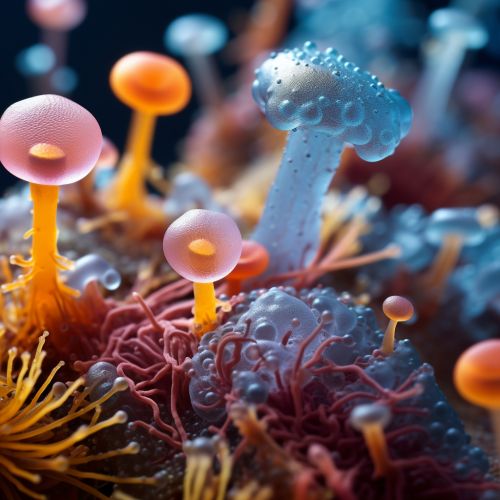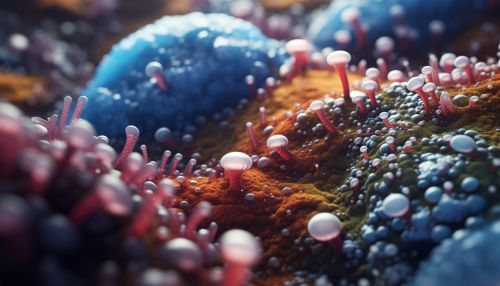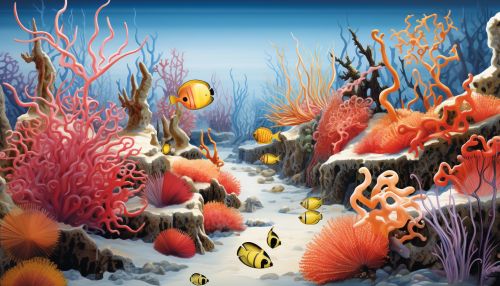The Role of Microbes in Biogeochemical Cycles
Introduction
Microbes, or microorganisms, are microscopic entities that exist as unicellular, multicellular, or cell clusters. They play a crucial role in biogeochemical cycles, which are the natural processes that recycle nutrients in various chemical forms from the non-living environment to living organisms and then back to the non-living environment. Microbes are involved in the cycling of elements like carbon, nitrogen, and sulfur, among others, which are essential for life on Earth.


Microbes and the Carbon Cycle
The carbon cycle is a biogeochemical cycle where carbon is exchanged among the biosphere, pedosphere, geosphere, hydrosphere, and atmosphere of the Earth. Microbes play a significant role in this cycle, particularly in the processes of photosynthesis and respiration.
In photosynthesis, photosynthetic microorganisms, such as cyanobacteria and green sulfur bacteria, convert carbon dioxide from the atmosphere into organic materials that can be used by other organisms. During respiration, microbes decompose organic materials, releasing carbon dioxide back into the atmosphere.
Microbes are also involved in the carbon cycle through the process of methanogenesis, where certain types of archaea produce methane as a metabolic byproduct. This methane can be released into the atmosphere or can be converted back to carbon dioxide by other microbes through the process of methanotrophy.
Microbes and the Nitrogen Cycle
The nitrogen cycle is another biogeochemical cycle where nitrogen is converted into multiple chemical forms as it circulates among the atmosphere, terrestrial, and marine ecosystems. Microbes are key players in the nitrogen cycle, particularly in the processes of nitrogen fixation, nitrification, and denitrification.
In nitrogen fixation, certain bacteria and archaea convert atmospheric nitrogen into ammonia, which can be used by plants. During nitrification, ammonia is converted into nitrite and then nitrate by nitrifying bacteria. In the process of denitrification, denitrifying bacteria convert nitrate back into nitrogen gas, which is released back into the atmosphere.
Microbes and the Sulfur Cycle
The sulfur cycle is the collection of processes by which sulfur moves to and from minerals (including the waterways) and living systems. Microbes play a significant role in the sulfur cycle, particularly in the processes of sulfur oxidation, reduction, and incorporation.
During sulfur oxidation, sulfur-oxidizing bacteria convert hydrogen sulfide into elemental sulfur and sulfate. In the process of sulfate reduction, sulfate-reducing bacteria convert sulfate into hydrogen sulfide. Microbes also incorporate sulfur into organic compounds through the process of sulfur assimilation.
Microbes and Other Biogeochemical Cycles
In addition to the carbon, nitrogen, and sulfur cycles, microbes are also involved in other biogeochemical cycles. For example, in the phosphorus cycle, microbes help to convert inorganic phosphorus into organic forms that can be used by plants. In the iron cycle, microbes play a role in the oxidation and reduction of iron.


Conclusion
Microbes play a crucial role in biogeochemical cycles, helping to maintain the balance of essential elements in the environment. Through their metabolic activities, they facilitate the cycling of carbon, nitrogen, sulfur, phosphorus, iron, and other elements, contributing to the overall health and sustainability of Earth's ecosystems.
